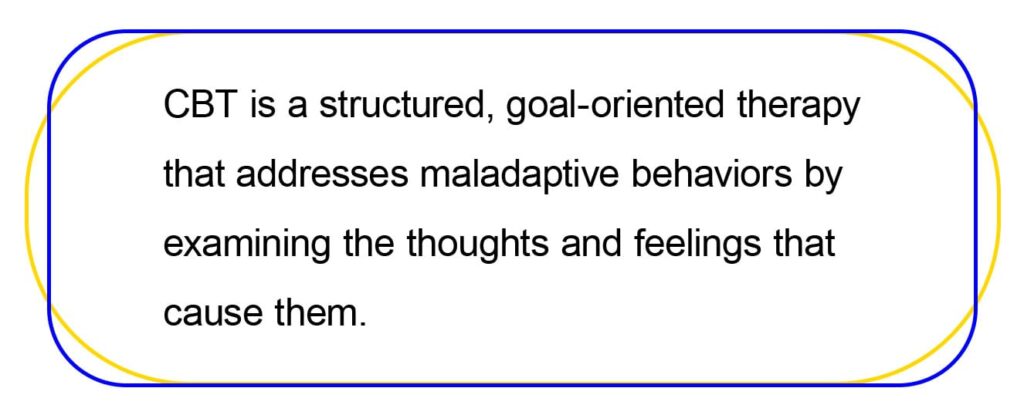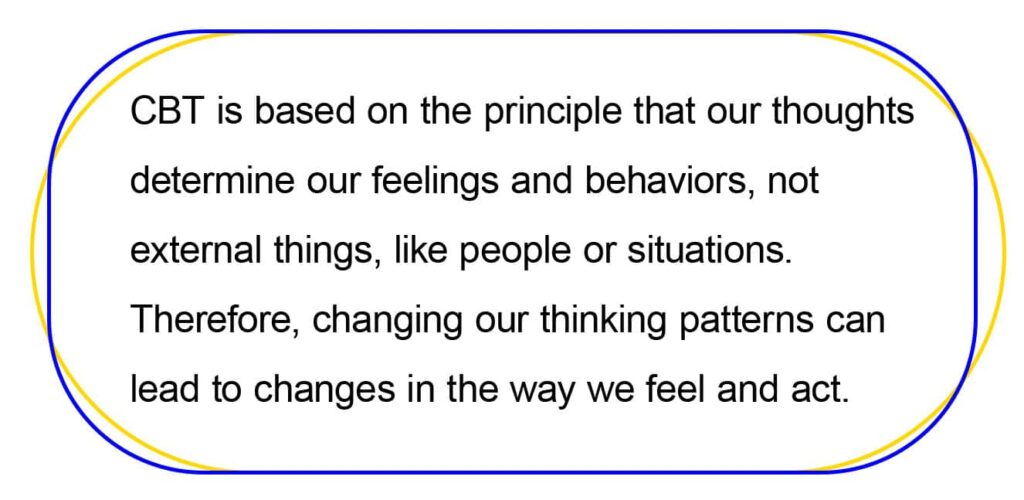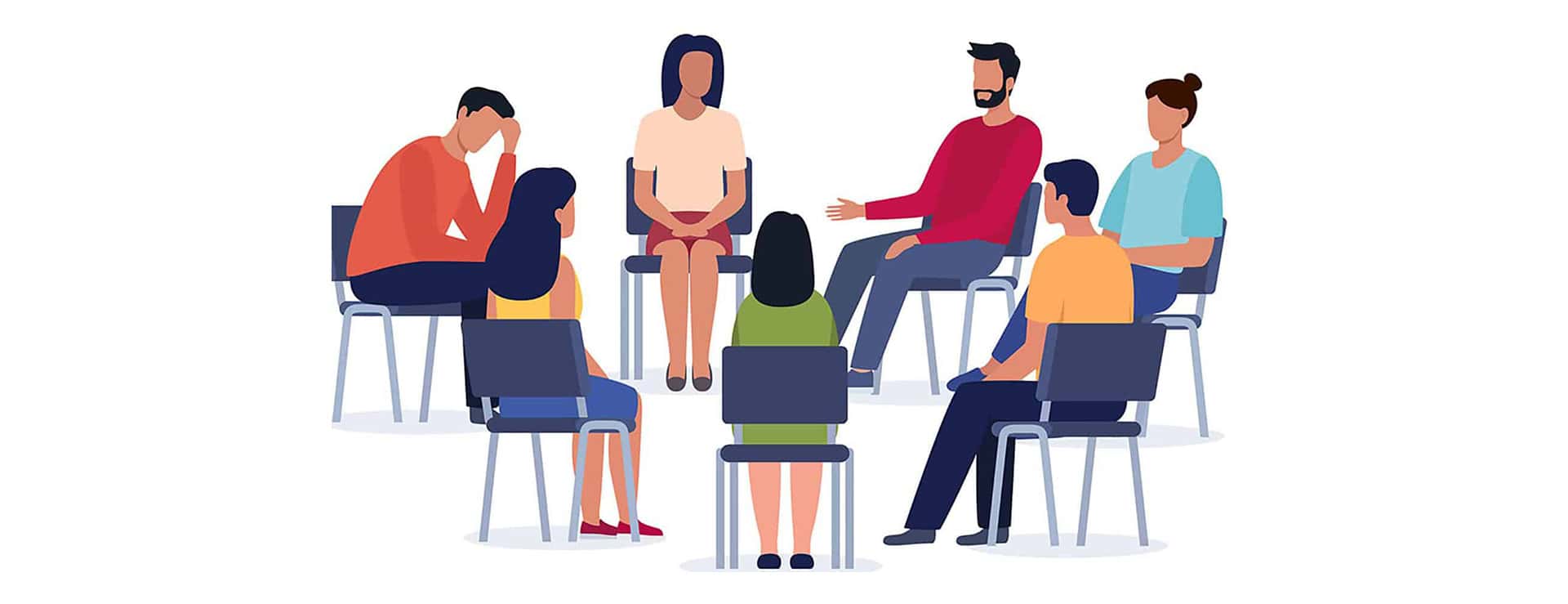Cognitive-Behavioral Therapy (CBT) is a powerful tool in the fight against addiction. Its evidence-based approach, which hinges on altering negative thought patterns and behaviors, has been proven effective in numerous studies. By understanding and harnessing the power of CBT, organizations like Addiction Gap can make significant strides in closing the addiction treatment gap.
CBT is a form of psychotherapy that emphasizes the critical role of thinking in how we feel and what we do. It has been extensively researched and proven effective for many mental health conditions, including addiction. For organizations like Addiction Gap that aim to close the addiction treatment gap, understanding the benefits of CBT is essential.

Addiction is a complex condition that often arises from a combination of genetic, environmental, and psychological factors. At its core, addiction involves powerful, ingrained behavioral patterns and beliefs about substance use.
CBT aims to:
Identify Triggering Situations: Recognizing situations or emotions that prompt drug or alcohol use.
Examine Thought Patterns: Understanding thoughts or beliefs that contribute to substance use.
Develop Coping Strategies: Learning healthier ways to cope without turning to drugs or alcohol.
Efficacy of CBT in Treating Addiction: Multiple studies have demonstrated the effectiveness of CBT in addiction treatment:

A review published in the Cochrane Database of Systematic Reviews found that CBT was more effective than no-intervention conditions in decreasing the frequency of substance misuse and the severity of dependence, especially when combined with other interventions (Magill & Ray, 2009).
A study in the Archives of General Psychiatry found that CBT, when used to treat substance abuse, resulted in benefits that persisted long after treatment had ended (Carroll et al., 1994).
CBT for addiction often incorporates several techniques, including the following:
Self-Monitoring: Keeping track of one’s substance use and triggers.
Functional Analysis: Analyzing the behavior leading to and resulting from substance use.
Skills Training: Learning new coping mechanisms and behaviors to avoid substance use.
References:
Addiction Gap is a certified 501(c)(3) nonprofit
